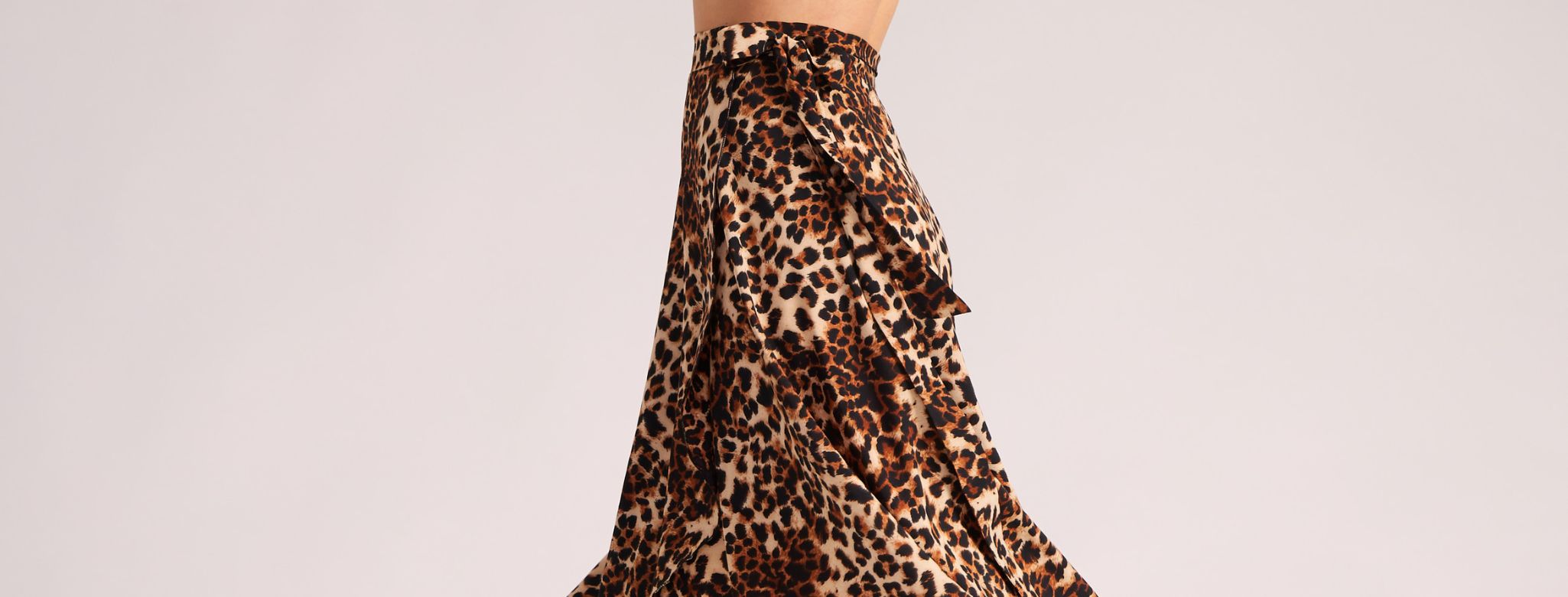
The Evolution of Tango Dancewear: From Tradition to Modern Elegance
The history of Tango dancewear is truly fascinating. Tango first emerged in the working-class districts of Buenos Aires and Montevideo before evolving into an internationally renowned dance form. Initially seen as a dance of the lower classes, its growing popularity eventually led the middle and upper classes to embrace it, helping spread it across the globe.
Over time, Tango took root in major cities such as London, Paris, New York, and Berlin, captivating dancers and enthusiasts alike. As curiosity about the dance grew, so did the number of performers mastering its intricate movements, leading to the rise of Tango competitions. Naturally, Tango fashion also underwent significant transformations over the years.
In its early days, Tango attire was noticeably heavier, reflecting the fashion of the late 19th century. However, by the 1910s, dresses became lighter, allowing for greater movement. Satin became a popular fabric due to its smooth texture, body-hugging fit, and ability to enhance fluid leg movements—an essential aspect of the dance.
Enthralled by its elegance, Tango dancers embraced satin, making it a staple in dancewear. Over time, hemlines were raised to mid-shin length, often featuring transparent panels in a style referred to as "Tango visite." While many believed the shorter skirts were designed to improve leg movement, this shift was primarily influenced by evolving fashion trends rather than a satin shortage.
The influence of Argentine Tango fashion extended beyond the dance floor and into mainstream clothing. Corsets, which had long been part of women’s fashion, were also worn in Tango to create a sculpted silhouette and provide upper-body support. This was reflective of the era's rebellious aesthetic, where long, flowing skirts contrasted with structured waistlines, giving Tango dancewear a distinctive edge.
However, the political and economic struggles of the 1930s and 1940s—particularly in Argentina—led to a decline in Tango's popularity. By the 1950s, the rise of rock and roll overshadowed the dance globally, causing a lull in Tango fashion evolution for several decades.
Tango fashion saw a remarkable revival in the late 1980s and early 1990s, driven by productions like Tango Argentino and Forever Tango, which reignited global interest in the dance. By then, Tango clothing had branched into two distinct styles—one rooted in traditional designs and the other, known as "Tango escenario," infused with modern theatrical influences.
Women dazzled in long gowns with dramatic thigh-high slits, while men donned sleek, tailored suits. While red and black became iconic colors, the revival also embraced other elegant and bold hues that captured Tango’s passionate essence.
In the 21st century, Tango fashion has largely retained its signature aesthetic, with one notable shift: a growing embrace of experimentation. Geometric prints, floral patterns, and digital designs have added a contemporary twist to traditional Tango attire.
As dancers continue to push the boundaries of style, the future of Tango dancewear promises to be just as dynamic and captivating as its history.

